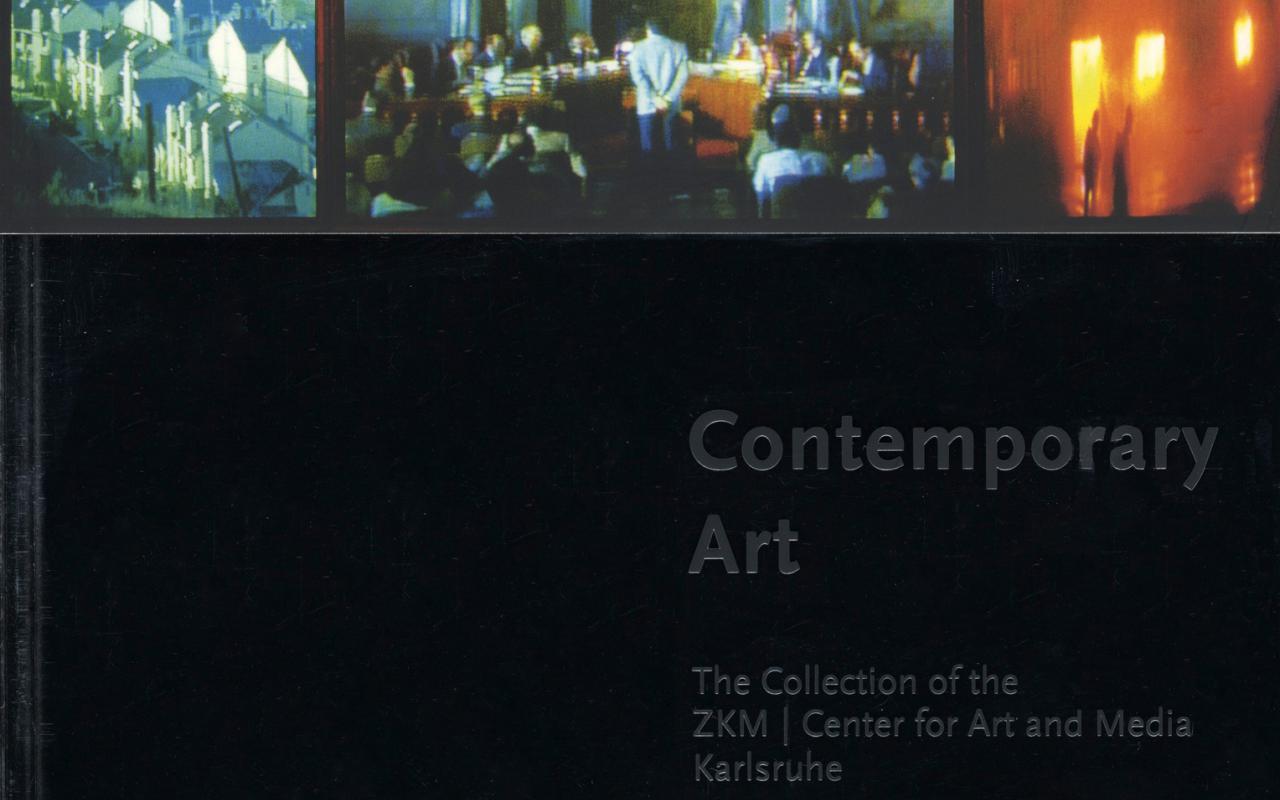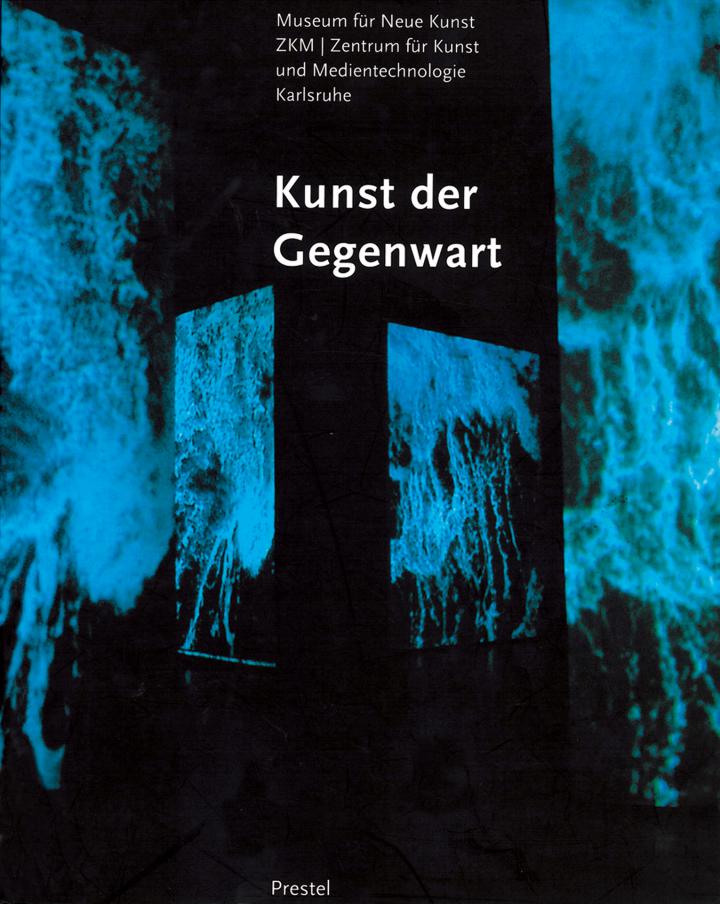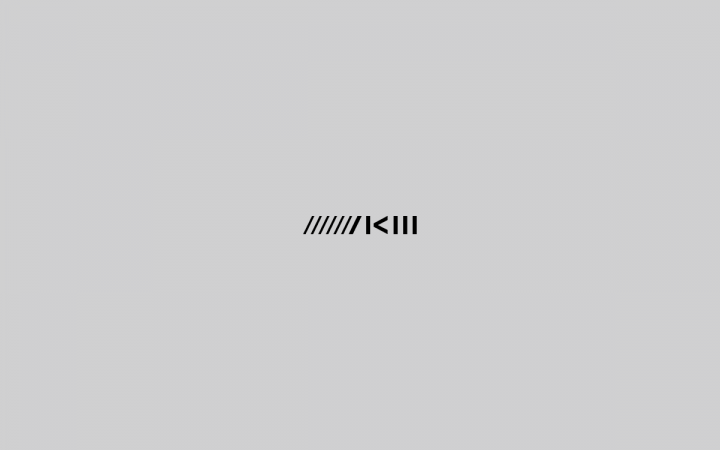- Year of birth, place
- 1939, Chemnitz, Germany
- Role at the ZKM
- in the collection
- Biography
- Dietmar Büttner was born in Chemnitz in 1939. From 1959 to 1965 he studied Fine Art and Print-Making at the Hochschule für Bildende Künste, Dresden. In 1966-69 he completed training for a university lectureship. In 1978 he served as a guest lecturer and as a scientific assistant. In 1982, despite severe political repression, he became a regular university lecturer in art. During this time he was also active as an independent painter and print-maker and as a teacher in art, and contributed to the design and decoration of new town-planning projects. In 1984, when he formally requested permission to move to West-Germany, he was banned from further teaching activity. In 1985 he moved to West Germany. He now lives in Karlsruhe, as an independent artist.
At the end of the 1960s Büttner increasingly shunned figuration. He employed a variety of print-techniques, such as wood-cut and lino-cut, and the use of hardboard and stencils; and, in off-set hand-printing, using an etching press, he developed a new method that allowed corrections to be made during the printing process. His work is also characterized by the use of various materials such as lacquer, latex, plastic, ash, rust and dry leaves. During the late 1980s he produced cardboard objects made of clay that were tied with string and wire. In the early 1990s, he used corrugated cardboard to pursue his interest in parallel lines, producing two series of works - the 'Corrugated Cardboard Reliefs', the »Wellpappereliefarbeiten«, and the ninety-nine 'Folder-Prints', the »Aktendeckeldrucke«. Of these, Büttner has said: "The horizontal corrugation of the printing bock is partially masked by the stencil; but with each printing process, this is repeatedly damaged and eventually destroyed. This corrugation is exactly like a written character, and so can also serve as a representation of failing memory, of the inability to remember" (Dietmar Büttner). Büttner's most recent work is characterized by experimentation with a variety of printing techniques - large prints made on canvas with Venetian blinds, for example - and a return to producing objects in terracotta.
Individual exhibitions (selection)
1966-81 Einzelausstellungen in Dresden
1986/87 Galerie Treppe, Düren
1988 Galerie im Polizeipräsidium Mainz (with Astrid Büttner), Mainz
1990 Leopold-Hoesch-Museum, Düren, Oberhessisches Museum, Gießen, Galerie Rademacher, Bad Nauheim
1992 Führungsakademie Karlsruhe
1993 Kunsthalle Gießen, Galerie Rademacher, Bad Nauheim
1997 »Alles aus Papier?«, Staatliche Kunsthalle Karlsruhe
Group exhibitions (selection)
1966-81 Participation in all of the major group exhibitions held in the German Democratic Republic, and in all of the regional exhibitions organized by the 'Berufsverband Bildender Künstler Dresden', including those held in Dresden, East Berlin, Leipzig, Frankfurt/Oder, Erfurt, Bautzen; Partizipation in international exhibitions in many venues, including Moscow, Saint Petersburg, Warsaw, Prague
1986/87 Atelier Moehring, Wiesbaden, Dresdner Bank, Wiesbaden
1990 »Ausgebürgert«, Albertinum, Dresden, Deutscher Künstlerbund, Berlin
1994 Galerie zur Silberschmiede, Augsburg
1995 »Sinn und Parodie«, Bund Deutscher Künstler Baden-Württemberg, Galerie West im Terminal I, Flughafen Stuttgart, Orangerie Draenert, Immenstaad
1996 Gallery MAM, Monschau; »Schwarze Schafe«, Kulturraum Speyer
[Konstanze Thümmel, 1997]


